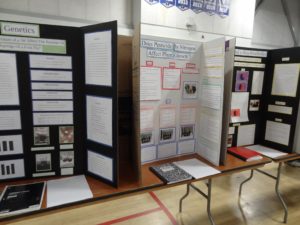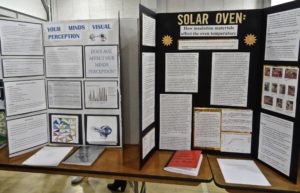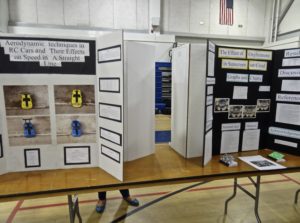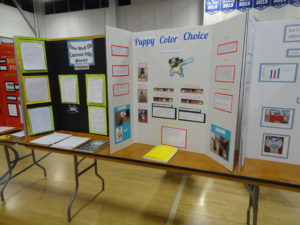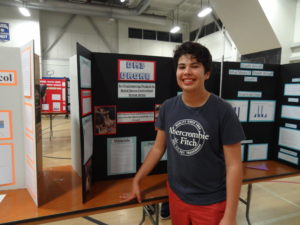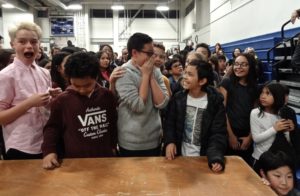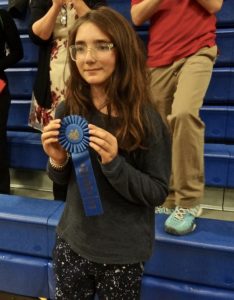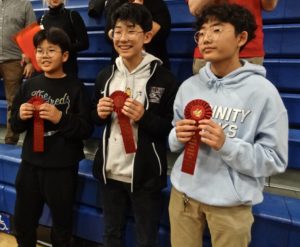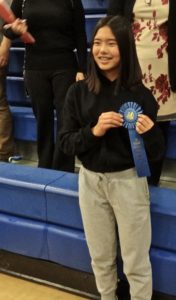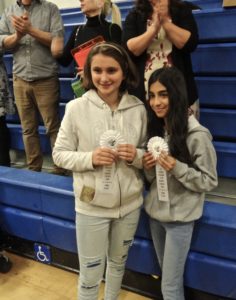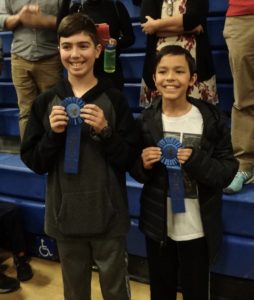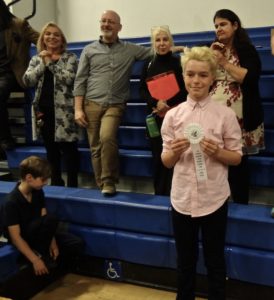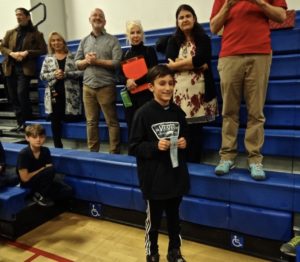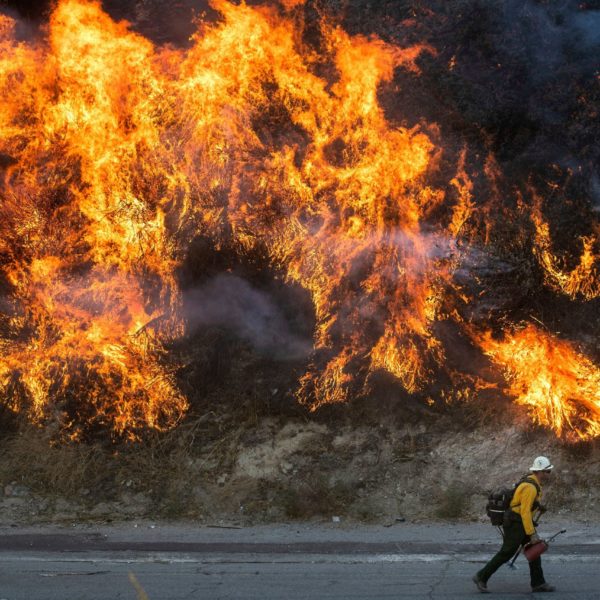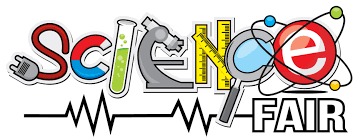
2020 Science Academy Science Fair Awards

By Milan Vuletic and Apollo Colligan
The History of the Science Fair
The Science Fair! Love it or hate it, the Science Fair is a tradition in most American elementary, middle, and high schools. The Science Fair originated back in 1942, when it was named the “The Science Talent Search” created by William Ritter and Edward Scripps. After this, the Science Fair grabbed the attention of other American schools. It was adapted as a project every year in order to help students learn about the scientific method and the process of discovery by researching, making hypotheses, and doing experiments on topics that interest them.
What is the Science Fair?
The Science Fair is an event that occurs every year in February or March in elementary, middle, and high schools all over the United States. Every student has to choose a topic to do research and write a report on. Students also have a choice to work with a partner on their project. At the end, the student(s) will have to present all their information on a tri-fold poster board. There are many key components to the science fair report. First, there has to be a creative title in order to catch people’s attention. Next, there will have to be an abstract to give a brief overview of the entire project. After that, there needs to be an introduction to tell the reader what you are doing in your project. The project also needs to include your research in the topic that you are working on. The research portion should also include the sources that you used and should be at least five paragraphs long. Of course, the results along with a graph should be included in order to show what actually happened. Multiple trials should also be presented on the graph. After the results, a discussion should also be included in order to explain why the student scientists thought the results turned out the way they did. The last part of the Science Fair is the acknowledgements and the references, which show who helped on the creating the Science Fair project and what sources were used in the research.
The Importance of the Science Fair
In the Science Academy, the Science Fair is a very important event that students spend over three months planning for. Before the school year even starts, students should have an idea of what they want to do for their Science Fair project. After they know what they want to do, they need to get approval from a teacher to be able to proceed with their project. Then by February, all of the students need to finish all the parts of the report and mount it on a poster board. After all of the students finish, everyone displays their boards in the gym for the judges to examine and choose the winners. In addition, the students are able to see everyone else’s hard work. The second night, the winners are announced to great fanfare – it is quite an honor to be chosen amongst such stellar work!
Science Fair Winners
In some schools, the Science Fair can be a competition of sorts. The judges will pick three of the best projects from each grade and the students who did these projects will receive a ribbon at the awards ceremony. The awards ceremony takes place on the night after the judging takes place. This year’s 6th grade winners were Jasper Mejia, Van Brunnel and Shai Lung, Angus Norden, and Galileo Crisman Caro. This year’s 7th grade winners were Mimi Rhee, Amy Vargas, and Ani Akchyan and Anna Simonyan. This year’s 8th grade winners were Max Norden, Thomas and Johanthan Kim and Daniel Bang, and Boheng Cao and Zyg Ramsey. The honorable mentions were Harrison Reisner, Julie Dupont, Olivia Kim, Elie Netzah, and Shai Haim.
We spoke to a few of the winners about their Science Fair projects to get more information about their experience. 7th grader Mimi Rhee did a project on creating a mechanical knee. The prototype of the knee has springs attached to the actual knee that change their length when the knee is at different angles. She was thinking of doing this project in order to help disabled people get around more easily. Another person we spoke to was Shai Lang who, along with his partner Van Brunell, created an ultrasonic glove for blind people. This glove has sensors that can detect objects in front of them and can notify the user of any obstacles that might be in the way. The last person we interviewed was Jasper Meija, who created a refrigerator to store insulin. This was intended to be used for diabetic people who rely upon insulin, which must be kept refrigerated. The refrigerator can be carried on the go and can also be used during power outages. At the end of it all, we wish that everyone could have won because everyone had such amazing project ideas, but the judges are only able to choose a few per grade level. Congratulations to everyone for all their hard work!


